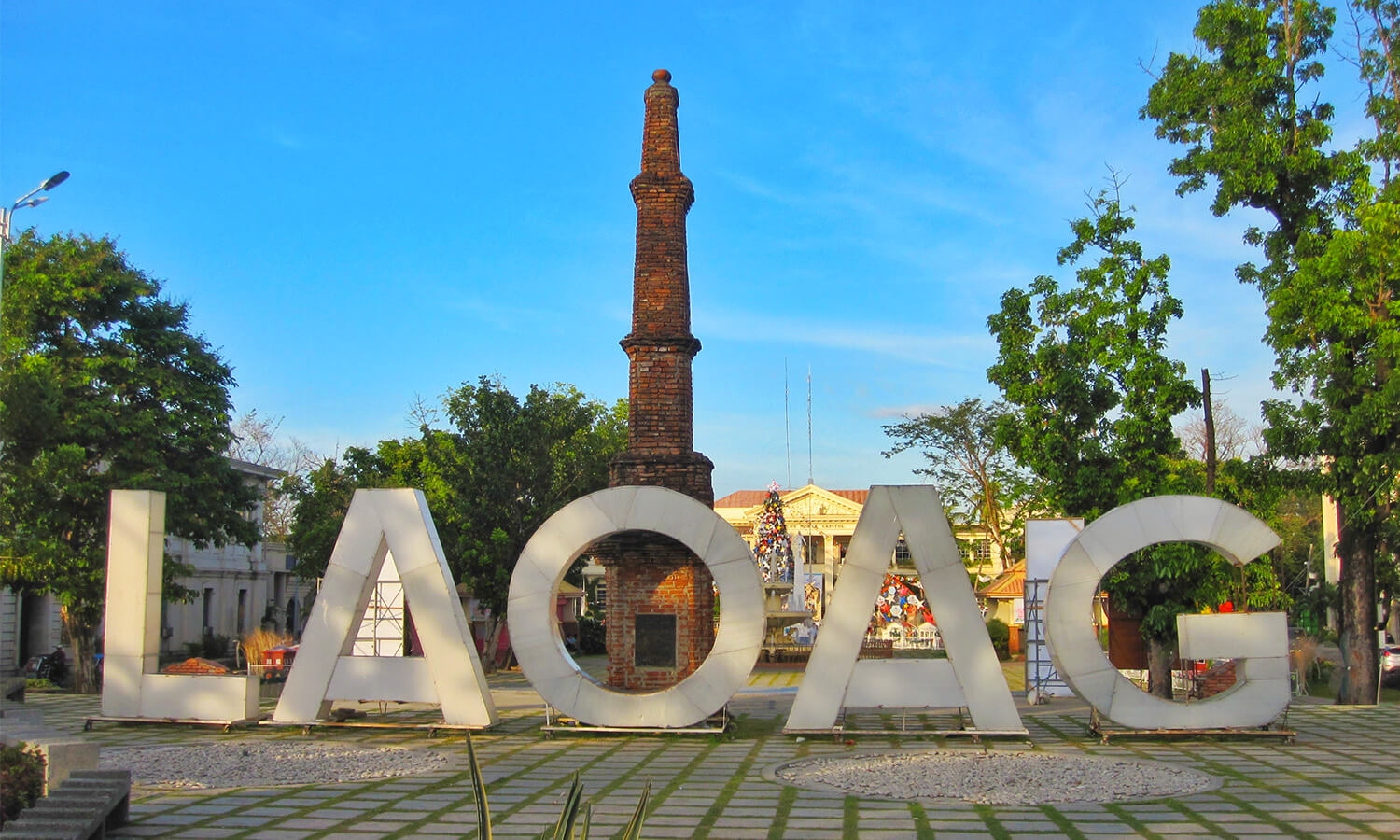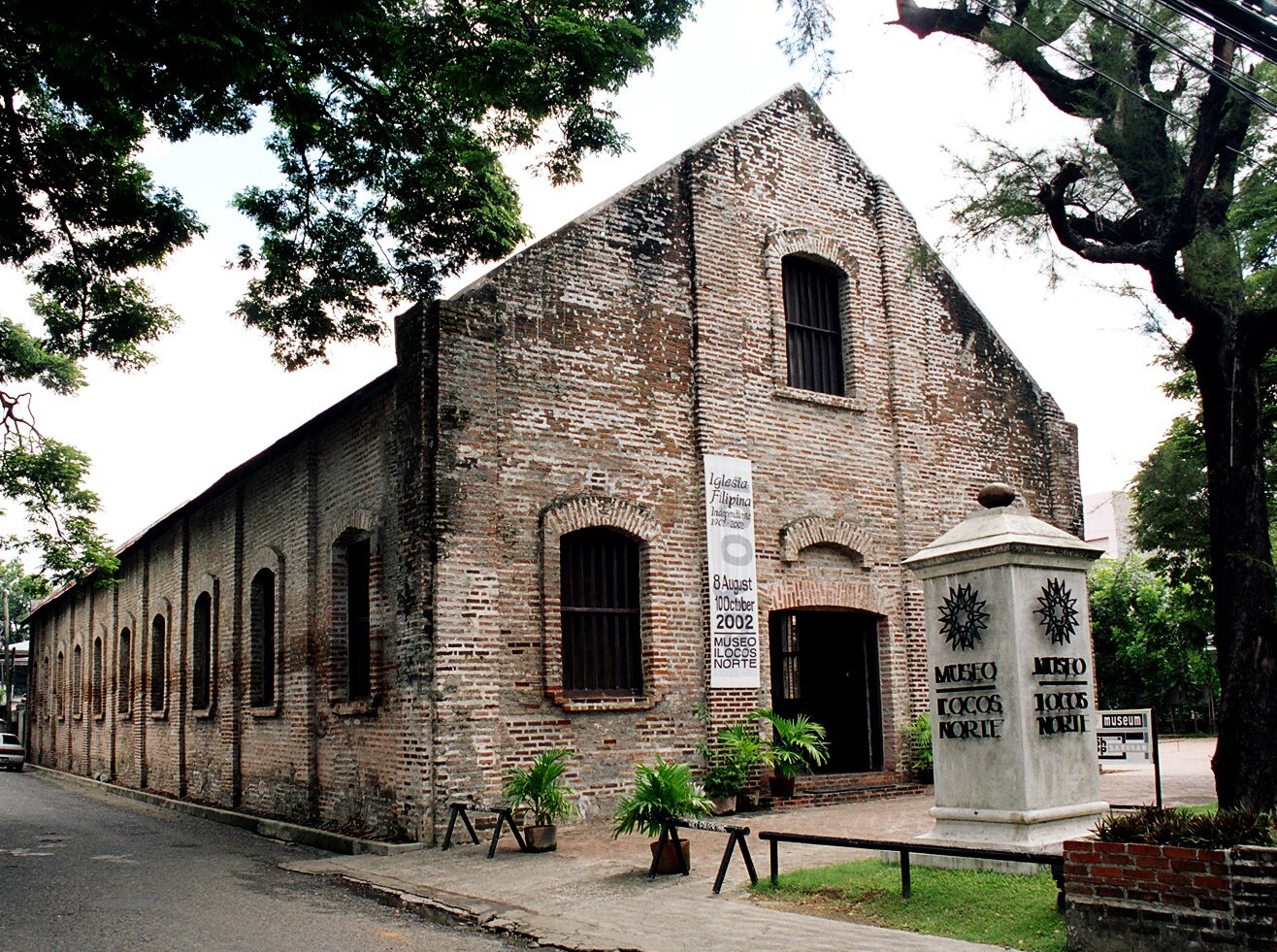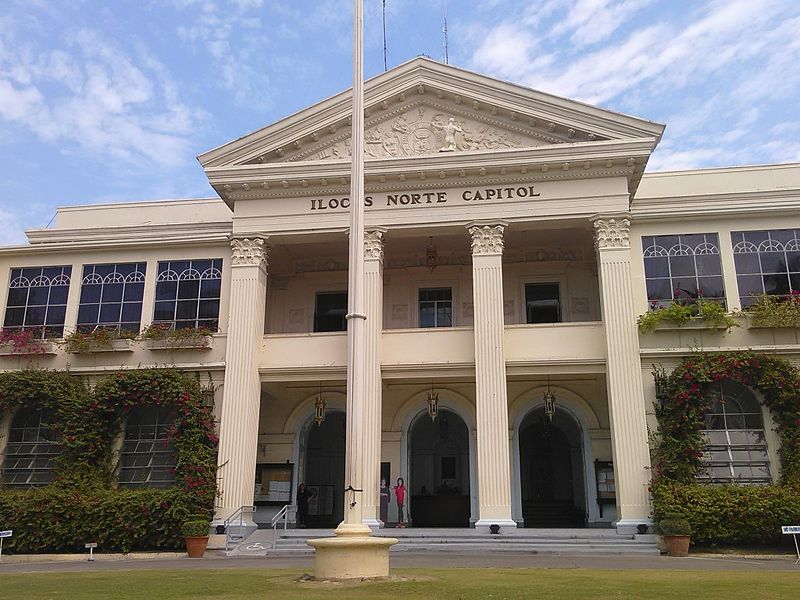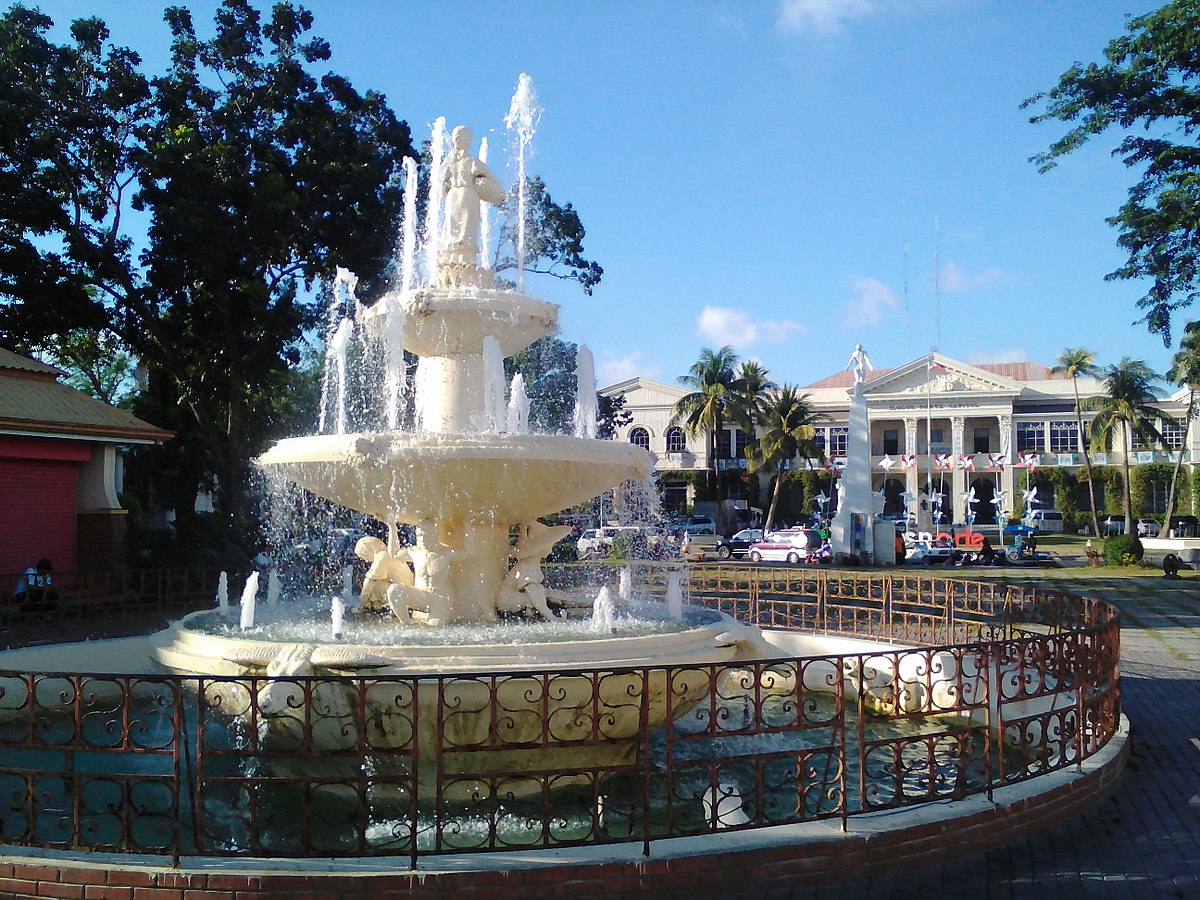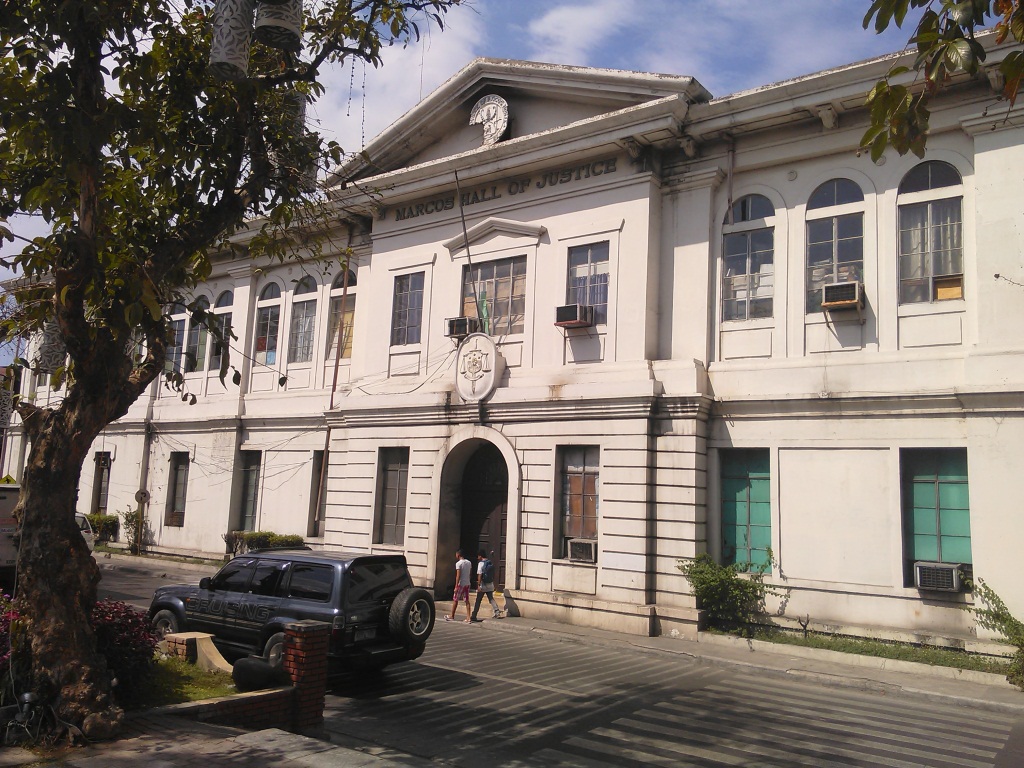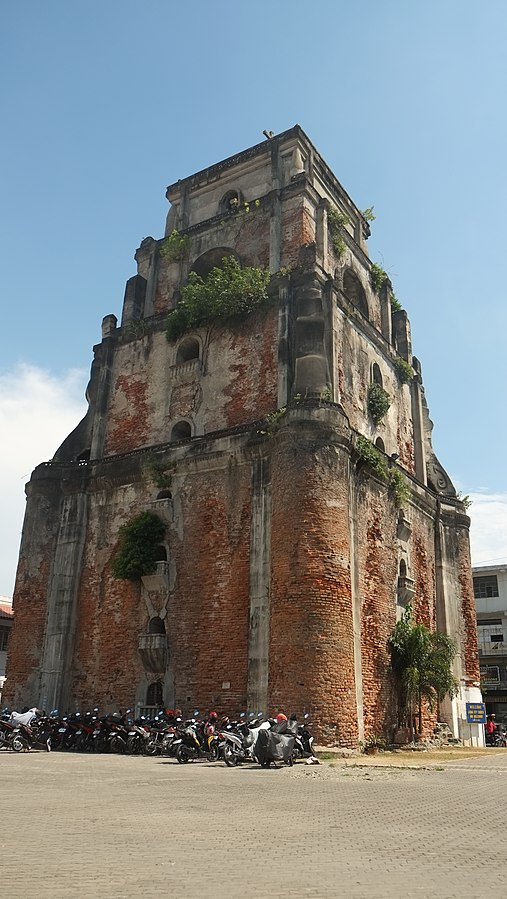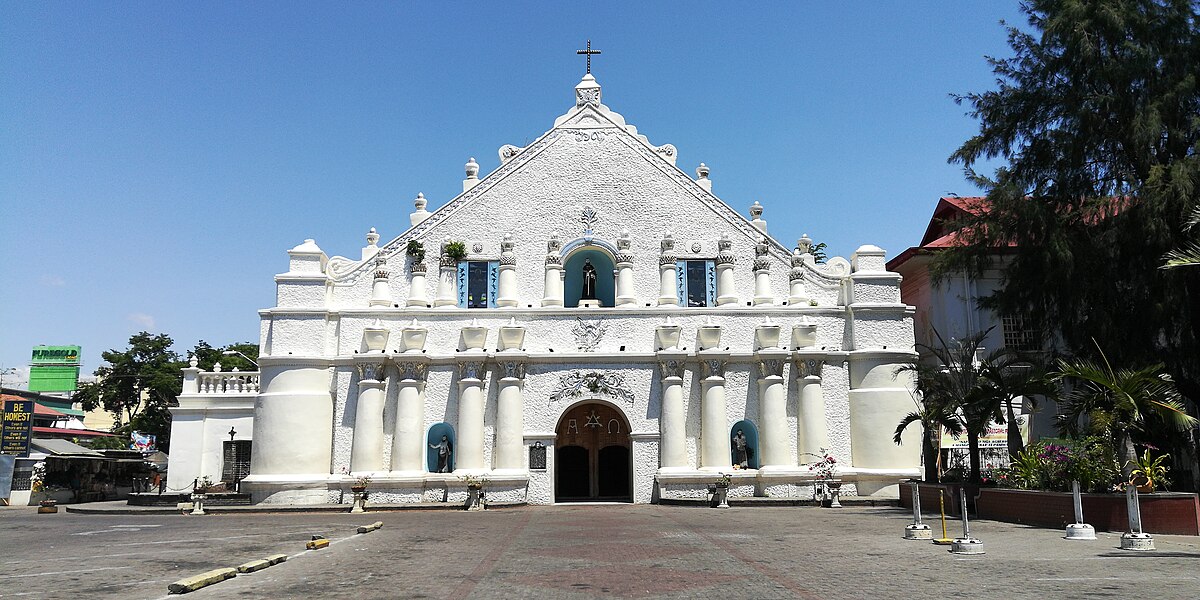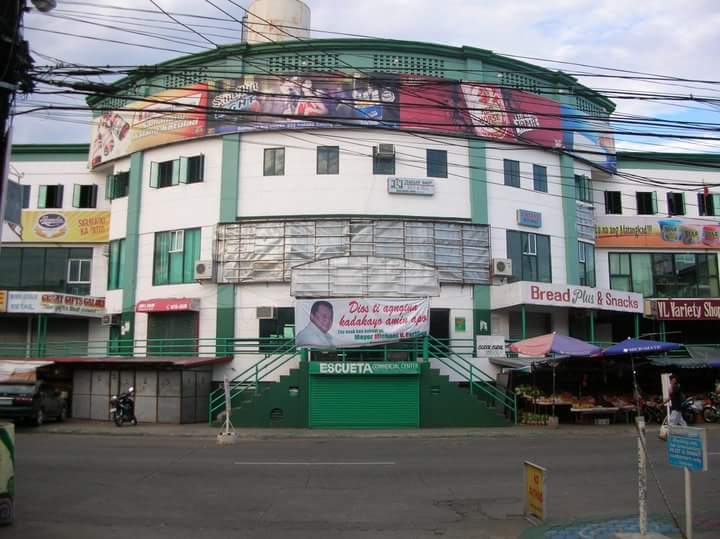Welcome to Laoag City in Ilocos Norte, and welcome to Anthro on Foot's walking tour! This is a
self-paced
walking tour that features key heritage sites and cultural highlights in the area. We hope you enjoy
this tour as
much as we enjoyed curating it!
“Laoag" in Ilokano/Ilocano means “light” or “brightness.” Buzeta, an Augustinian missionary,
mentioned that the reason the place was named Laoag was because of its clear and beautiful skyline
all year round—indeed, a fitting name to the area.
During the pre-colonial period, a region that is now the present provinces of Ilocos Norte, Ilocos
Sur, Abra, and La Union was renowned for its expansive gold mines. Merchants from Japan and China
were the early trade contacts in the area where they bartered their beads, ceramics, and silk for
the region’s gold. The early local inhabitants called this region “samtoy,” from “sao mi itoy,”
which meant 'this is our language.'
In 1571, when the Spanish colonizers seized Manila, they began looking for new sites to conquer.
Legaspi’s grandson, Juan de Salcedo, volunteered to lead one of the expeditions. Together with 45
men onboard eight well-equipped armed boats, the 22-year-old voyager headed north.
On June 13, 1572, Salcedo and his men landed in Vigan, and then proceeded towards Laoag, Currimao,
and Badoc. As they sailed along the coast, they were surprised to see numerous looc (“sheltered
coves”), where the locals lived in communal peace and harmony. Looc is believed to be the rough
derivative of the region’s present name, Ilocos, and its people, Ilocanos.
The Spanish colonization of the Ilocos region, however, was never completely successful. Due to
excessive monopolies, forced labor, and the abusive practices of many Spanish friars and their
agents, a number of Ilocanos revolted against the colonizers. Noteworthy of these were the Dingras
Uprising of 1589 and the Pedro Almasan Revolt in San Nicolas of 1660. In 1762, Diego Silang, one of
the most famous local heroes in the region, led a series of revolts to free the region from Spanish
yoke. When he died from an assassin’s bullet, his widow Gabriela continued the cause. Unfortunately,
she, too, was captured and hanged.
